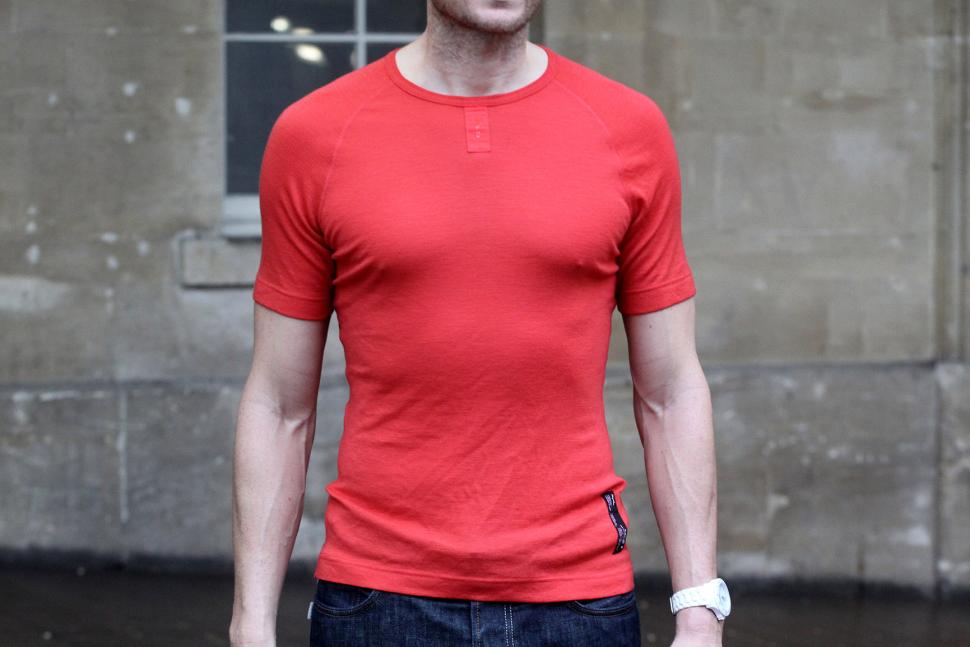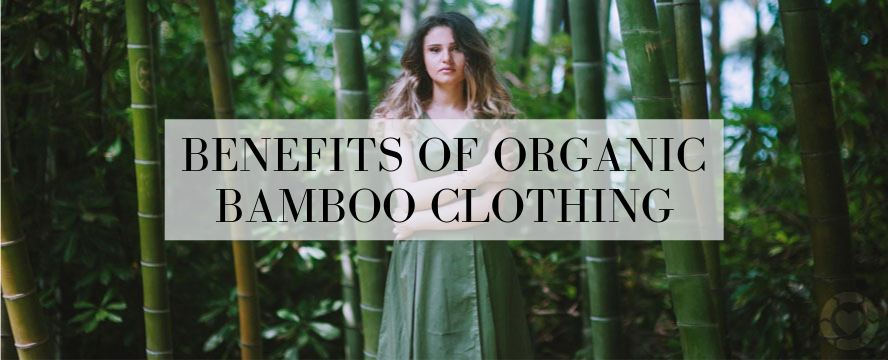Useful Merino Wool Base Layer Tips
Wiki Article
What Are The Reasons Wool Baselayers Made Of Yak And Merino Effective In Winter Sport Clothing, Both For Their Fiber Properties And Environmental Sustainability?
The natural fibers as well as the environmental sustainability of Yak Merino Wool Base Layers makes them an excellent option for winter sports clothes.
Merino and Yak are both natural fibers made from animals. Renewable resources can be harvested sustainably, without causing harm to animals. They are biodegradable and don't cause harm to the environment.
Low Environmental Impact
Natural fibers are a source of energy and generally have a lower environmental impact compared to synthetic materials. Wool is made with less chemical compounds than synthetic fibers and requires less non-renewable energy.
Energy Efficiency
Wool fibers use less energy to process than synthetic fibers, such as nylon or polyester. The manufacturing of natural wool requires less energy, and also reduces carbon emission.
Minimized Microplastic Pollution
Natural wool fibers aren't able to pollute water bodies with microplastics like synthetic fibers.
Durability and Recycling-
Yak-merino clothes are durable and can last for a long period of duration. Wool fibers can be recycled or reused to decrease pollution and waste. environmental impact.
Sustainable PracticesSustainable Practices
Some producers and wool producers adhere to ethical and sustainable practices. They take care to ensure the well-being of animals, a good land management and fair work conditions for their employees.
Environmental Certification-
Certifications like the Responsible Wool Standard (RWS) or the Global Organic Textile Standard (GOTS) ensure ethical and environmentally responsible practices in wool production, providing consumers with assurance about the sustainability of wool production.
In general, yak Merino Wool base layers are environmentally sustainable because they are made with natural fibers, have minimal environmental impact, and incorporate ethical and sustainable practices within the supply chain. This is due to the fact that natural fibers are eco-friendly. See the best merino wool base layers blog for more recommendations including smartwool 1 4 zip womens, merino wool leggings mens, ski underwear, icebreaker baselayer, ski underwear, long underwear for skiing, best baselayers for skiing, smartwool base layer womens, best base layer for skiing women's, wool base layer womens and more.

What Are The Advantages To Wearing Winter-Time Outdoor Clothes Made From Bamboo? Or Comfort, Sustainability And Safety?
Bamboo clothing is a fantastic option for outdoor clothes, offering comfort, protection, and the environment.
Bamboo fabric is smooth and soft, making it soft on the skin. The silky feel of bamboo fabric is often compared to cashmere or silk.
Bamboo fibers are moisture wicking that is to say they draw moisture away from your skin, keeping you comfortable and dry.
Thermal Regulation- Bamboo clothing has natural temperature-regulating properties, providing warmth in winter while remaining breathable to prevent overheating.
Sustainability-
Bamboo is a very renewable resource. It grows rapidly without chemical fertilizers or pesticides. It regenerates very quickly, making this a sustainable fabric for clothing.
Bamboo farming has a lower environmental impact than cotton cultivation. Bamboo does not deplete soil nutrition and requires less water. Bamboo releases more oxygen and absorbs CO2 than to other plants.
Protection for Outdoor Wear-
UV Protection - Bamboo fabric is naturally UV-resistant, offering natural protection against harmful UV radiation.
Bamboo is a natural antimicrobial substance called "bambookun" that blocks the growth and spread of bacteria that cause odors. It keeps clothing fresher, particularly in outdoor activities.
Additional Benefits
Bamboo fibers can be durable and resistant to wear, making them suitable as outdoor clothing.
Biodegradability Bamboo clothing is biodegradable. It is able to decay naturally after the completion of its lifespan, which reduces the environmental impact.
Bamboo fabric used in winter outdoor clothing offers many benefits, including thermal insulation, comfort. moisture management and sustainability. Follow the top bamboo clothings for blog recommendations including bamboo t shirts mens, bamboo maternity, bamboo pants womens, preemie bamboo pajamas, bamboo fishing shirts, bamboo cotton t shirts, bamboo boxer shorts for men, bamboo newborn clothes, bamboo fabric clothing, bamboo maternity and more.

What Are The Distinctions Between Bamboo, Merino And Wool Clothes In Terms Of Texture, Warmth And Absorption?
Examine the textures, warmth and absorption of merino, bamboo and traditional wool clothes.
Merino Wool Merino Wool, also known as fine-fibered wool is renowned for its smoother texture and softer fibers. It's regarded as more comfortable.
Bamboo ClothingBamboo fabric is silky smooth, and is often compared luxurious materials like cashmere or silk. The soft and delicate texture makes it a comfortable.
Traditional Wool: Traditional wool can vary in texture; certain types of wool may feel rougher and are more likely to cause itching or discomfort compared to merino or bamboo clothing.
Warmth-
Merino Wolle Merino fibers are excellent insulators and provide warmth. It is able to retain heat even if it is wet. It makes it a perfect insulation material for cold weather.
Bamboo Clothing Bamboo Clothing warm, however it doesn't offer the same insulation that merino does. It does however regulate body temperature, which provides comfortable conditions in all kinds of weather.
Traditional Wool- Similar to wool from merino sheep wool traditionally provides warmth and insulation. It might be heavier than clothing made of bamboo, merino or other materials.
Moisture Absorption-
Merino Wool- Merino wool is known for its exceptional moisture-wicking properties, pulling moisture away from skin while allowing it to evaporate. Even when it is damp it stays warm.
Bamboo clothing - Bamboo fabrics may also wick moisture away making it comfortable for physical activity. It regulates moisture and keeps wearers dry.
Traditional Wool- Although wool is able to soak up water, it doesn't possess the same characteristics of moisture wicking as merino or bamboo fabric. Wool is dry and heavy when wet.
In summary, merino wool is well-known for its warmth, softness, and moisture-wicking capabilities. Bamboo clothing offers a silky smooth texture with adequate moisture and warmth. Traditional wool can have distinct texture, offer warmth and moisture absorption, but feel heavier or coarser in comparison to bamboo or merino clothing. Each material has different properties to cater for different preferences in clothing. Follow the top merino winter clothing hints for site recommendations including smartwool merino base layer, merino wool base layer pant, omniwool base layer, patagonia merino wool base layer, wool thermals mens, ski layers womens, ice breaker thermals, best thermals for skiing, smartwool classic thermal, long johns for skiing and more.
